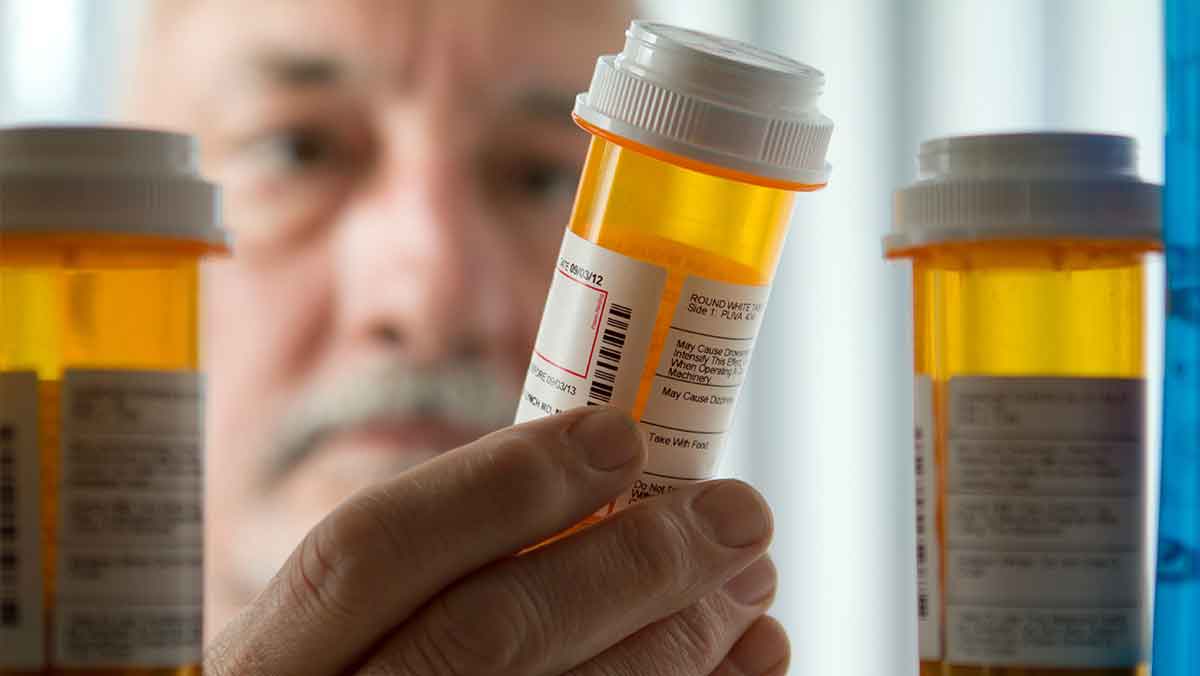From The Joint Commission National Patient Safety Goals and the ISPM Medication Best Practices to the protocols established at individual hospitals, healthcare organizations place a high priority on medication safety. Yet even with the diligence of patient care teams, the Agency For Healthcare Research And Quality reports that nearly 5% of hospitalized patients experience an adverse drug event (ADE), making them one of the most common types of inpatient errors. The complexities of prescribing, labeling, dispensing, administering and monitoring a drug make ADEs difficult to prevent entirely. Although the importance of labeling may not receive the same scrutiny as the other steps, there are consequences of using improper medical labels.
What Are Medical Labels Used For?
Medical labels guide medication administration for clinicians and patients. Used throughout the patient care spectrum, they assist caregivers with:
- IV line and tubing - an IV line label identifies the route of medication dispensing and the type of medication that’s being dispensed. Line identification is especially important when multiple lines are involved.
- Prescriptions - applied to a medicine container, a prescription label guides the proper use of medication for both medical professionals and patients. Adding a medication instruction label or a pharmacy auxiliary label increases medication efficacy and helps to eliminate accidental misuse.
- Drug identification - anesthesia labels supplement the printed information on prescription and prepared medications. They allow the medical staff to more clearly identify drugs, record key data points such as drug name, strength and more, to aid in proper dispensing. Anesthesia labels minimize the mix-ups that look-alike and sound-alike drugs can cause.
- Specimen collection - laboratories perform tests that guide patient care and allow healthcare providers to confirm a diagnosis, build a treatment plan and manage and monitor a patient's condition. Specimen labels provide positive patient identification and other essential details that make it all possible.
- Patient allergies - medical allergy alert labels communicate patient allergies and drug sensitivities to care teams by clearly documenting key information on patient charts and wristbands.
- Vaccine administration - vaccine labels communicate the type of vaccine being readied for administration and enhance safe medication dispensing.
- Treatment regimens - for numerous regimens including physical, speech, occupational therapies and other rehabilitation treatments, therapy labels help guide proper care.
- Bedside communication - placed on patient wristbands and charts, communication labels inform care.
In healthcare organizations, medical labels guide proper medication administration, instruct patient care, reduce mix-ups, enhance patient safety, communicate information when it can’t be done in person and reinforce verbal instructions once the caregiver departs.
Consequences Of Using Improper Medical Labels
Using improper medical labels inhibits the effectiveness of patient care teams and puts patients at risk. For example,
- Refrigerated medications - labeling medications that require refrigeration with a removable adhesive not made for cold applications can cause one of four problems when refrigerated. It will cause the label to:
- Detach from the vial - with no medication or patient information it forces the care team to reorder the medication from the pharmacy
- Detach partially and reattach to itself - this often obscures patient information
- Shift on the vial - depending upon the severity of the shift, it can make patient information difficult to read or scan
- Permanently adhere to the vial Each outcome creates challenges for caregivers.
- Syringe and IV tubing labeling challenges - inconsistent label formats including contrasting label colors, construction, formats and usage throughout the hospital create confusion among nurses. In fact, inconsistent formats can cause inaccurate data input or no input on certain lines, such as IV change reminders. Both outcomes create patient safety problems and possible TJC violations.
- Specimen processing - when a specimen is staged for analysis, the diagnostic system places it onto a conveyor where the vial passes through a barcode reader to record information about each sample. If the label is applied incorrectly or detaches during any previous step preventing a proper barcode reading, the system rejects it. Unfortunately, that usually requires the specimen to be redrawn. These 10 essential laboratory labels ensure proper specimen processing.
- Positive patient identification - in the lab and throughout the patient care spectrum, barcodes are a key driver of patient information. The wrong facestock material can lead to misprints, smudges, poor contrast, or early fading that can cause barcode reading inaccuracies leading to errors in medication administration, failure to treat serious illness or disease, medical treatment for erroneous diagnostic lab results, procedures being performed on the wrong patient and more.
Ultimately, using an improper medical label can result in labeling errors. This can cause a wide spectrum of outcomes ranging from the increased cost and inconvenience of replacing the label to a medication error that can seriously impact a patient’s well-being.
What Is A Labeling Error?
A labeling error occurs when the label doesn’t function properly, is missing information, or isn’t applied properly, concealing essential information. Examples of labeling errors include:
- A poorly designed label missing the features necessary for it to function properly
- An improperly applied label that conceals essential information
- A confusing or inconsistent format that results in information that is entered improperly or is missing altogether
Whether it’s missing labels, obscured barcodes and patient information, or incomplete or missing information, a labeling error can cause disruptions to patient care.
How Can Labeling Errors Be Prevented?
Preventing labeling errors takes the combined efforts of supply chain, compliance and clinical care teams and includes the following steps:
- Make sure the label specifications match the use case - different materials, adhesives, coatings, sizes and more influence the performance of the label. For example, a generic adhesive will likely fail if it’s applied to a vaccine vial that requires refrigeration. Use this guide to determine the materials that work best for your application.
- Provide instructions on how to apply labels properly - where and how a label is applied to a syringe, test tube or IV tubing can impact the care team’s ability to identify the medication and the patient.
- Ensure medical labels have consistent formats - as the uniformity of essential clinical care functions increases, the potential for errors decreases. Standardizing medication labels throughout the care spectrum improves patient safety. This is especially important with the increase in traveling, temporary or floating nurses.
Use this guide to label medications properly.
Why Partner With United Ad Label For Medical Labeling Solutions?
For over 60 years, United Ad Label has produced medical labels that enhance medication and patient safety. Our catalog contains hundreds of products used throughout the patient care spectrum that are in stock and available for immediate shipment. Plus, when your needs call for a custom medical label, our online custom label designer app allows you to easily design, price and order a product that meets your specific needs. Contact us to learn more.

